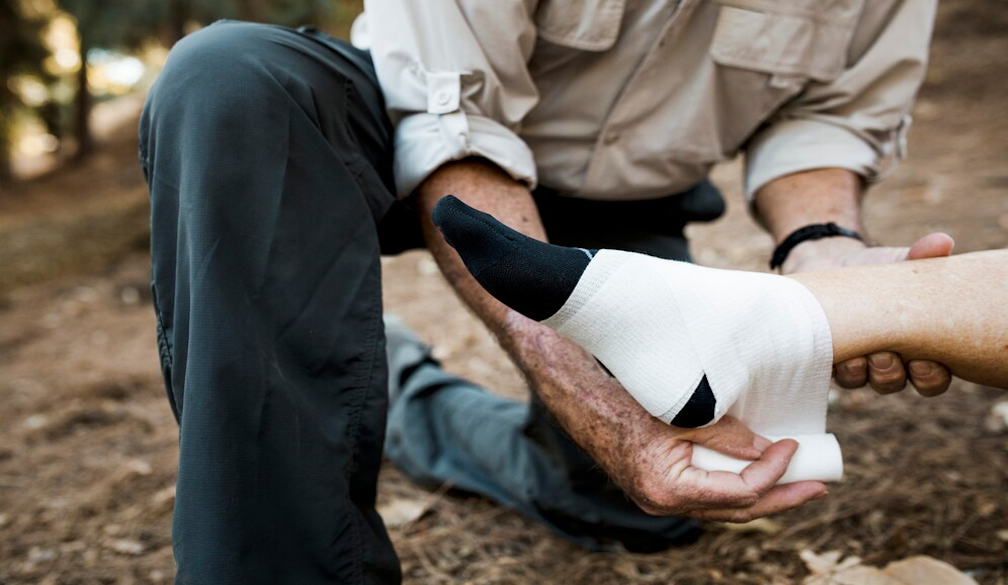Understanding Your Rights and Maximizing Your Work Injury Damages Payout
 ]
]Introduction
Were you injured at work? Interpreting the consequences can overwhelm anyone. The monetary nature cannot be overemphasized, especially when one is out of work for a long time due to the injury. Thus, this article intends to supply all the information an injured worker should know concerning their rights and the process of making a claim.
The reality of workplace injuries.
Again, this establishes that workplace incident reports are not as rare as most people think. Learners understand that despite having a clean record, every working individual is prone to accidents ranging from slipping and falling in the workplace to a sudden failure of equipment used at work. Such incidences affect individuals' physical health and mental status, often resulting in costly impacts. A work injury damages payout has a vital role in easing these burdens.
Actions to Take Right After a Workplace Injury
To begin with, the individual must inform the employer or the management of the company in which they sustained the injury. Official reporting of the incident confirms it in the books, making it easy to approach the offender for clarification. Going to the doctor is equally important because it generates the paperwork you need for the work injury. It is crucial to document every episode a worker has had with a healthcare provider concerning a work-related injury and any expenditures incurred in seeking the necessary medical attention.
Understanding Your Rights as an Injured Worker
Therefore, Legal awareness should never be underestimated or overlooked, as every individual has the legal right to defend themself rightfully. Employees and those injured at work receive specific legal rights and privileges. The employer's responsibility is to ensure that the employees are employed in a safe environment and adequate compensation for their injuries. The letter should protect your rights to assess work injury damages adequately.
Navigating the Claims Process
Thus, claiming a work injury damages payout may not be an easy thing to do. You can begin by collecting paperwork, such as doctor recommendations and witness statements. Do not fall for the following mistakes while creating infographics; refer to a step-by-step guide and consult an expert. Medical evidence is especially relevant when it comes to strengthening your case.
How to Increase Your Work Injury Damages Payout
When seeking work injury damages, consider all possible damages you will likely be awarded, including medical expenses, loss of income, and other reasonably related expenses. Having a lawyer in your case increases the prospects of getting holistic compensation. There is an excellent web of legislation that clients may not understand, but with the help of experts, one can get the total amount deserved.
Dealing with Denied Claims
Do not give up if the payout claim for the work injury damages has been rejected. There are invariably specific general grounds for refusal, such as lack of substantiated data or failure to meet deadlines. Thus, one way to respond to the denial on the spot is to collect more documentation and file an appeal to receive fair treatment.
Real-Life Case Studies
It is often helpful to look at other people's success and use them as a lesson. Indeed, employers have leveraged appropriate attentiveness and the possession of adequate information to obtain fair work injury damages payouts. Their experiences can be beneficial in understanding what is likely to happen in your work injury case and what steps you should take. Never leave yourself without a strategy.
Conclusion
Workplace injuries can prove quite complex, but the employees have a better chance armed with the correct information. Recap the key points: suffer the injury, file the claim, gather evidence, and consult an attorney for an opportunity of a fair workers' compensation settlement. Be aware and active to get what you need.


